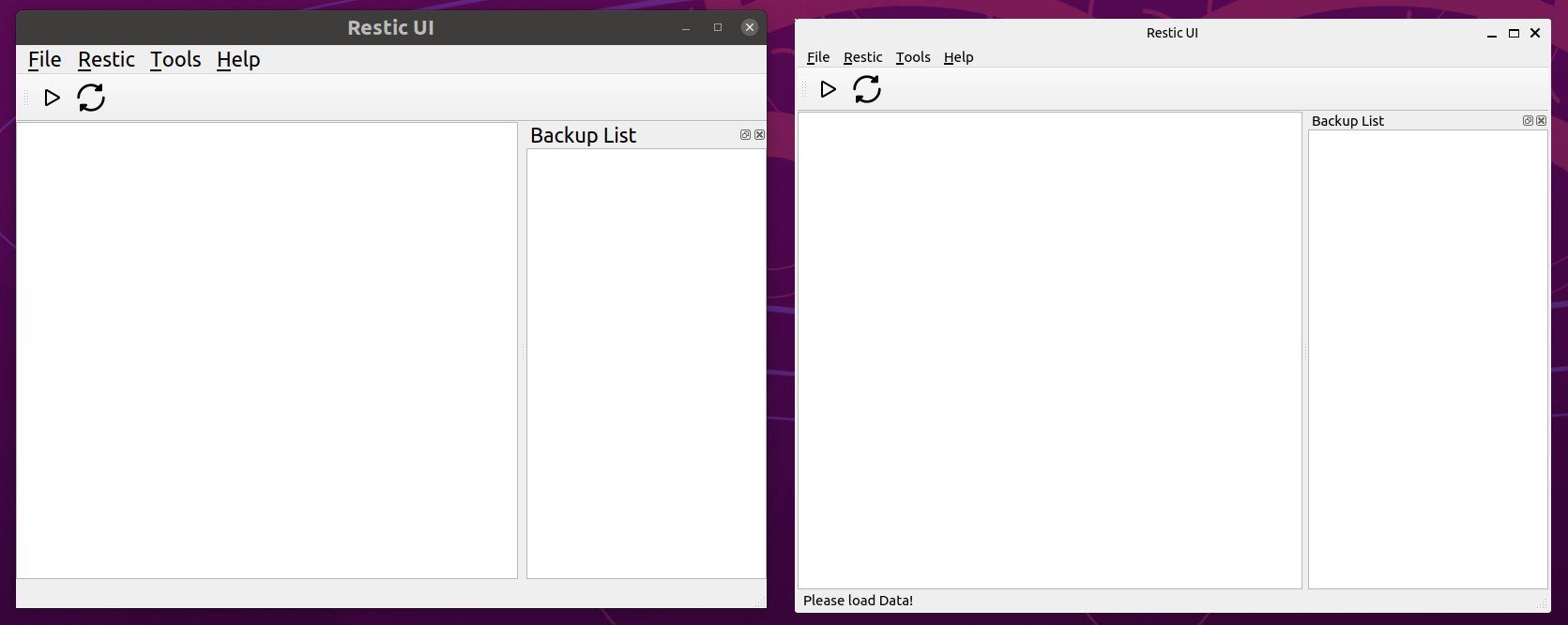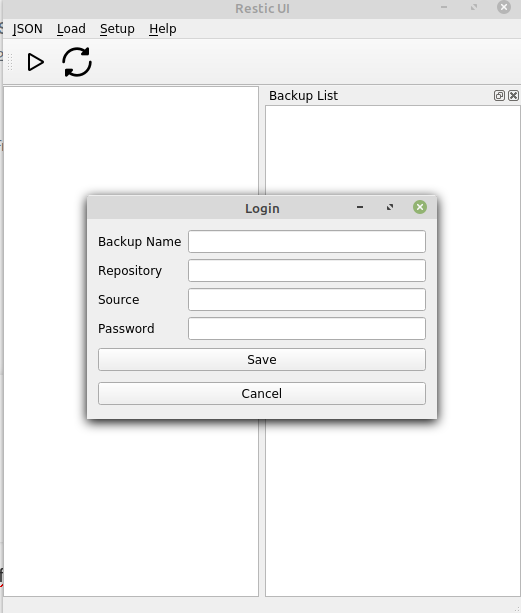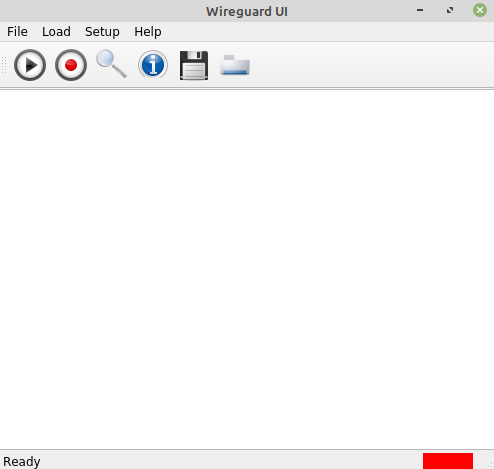Python3 - HTML Text ausgeben
Python3
1
Beiträge
1
Kommentatoren
186
Aufrufe
-
# Wir bauen den Text, den wir ausgeben wollen! text = """ <table> <tr> <td style="padding: 4px;"><b>Backup_Name</b></td> <td style="padding: 4px;">""" + backup_data[row].name + """ </td> </tr> <tr> <td style="padding: 4px;"><b>Repository</b></td> <td style="padding: 4px;">""" + backup_data[row].repository + """ </td> </tr> <tr> <td style="padding: 4px;"><b>Source</b></td> <td style="padding: 4px;">""" + backup_data[row].source + """ </td> </tr> <tr> <td style="padding: 4px;"><b>Password</b></td> <td style="padding: 4px;">""" + password_x +""" </td> </tr> <tr> <td style="padding: 4px;"><b>Init_Status</b></td> <td style="padding: 4px;">""" + backup_data[row].init + """ </td> </tr> <tr> <td style="padding: 4px;"><b>Exclude List</b></td> <td style="padding: 4px;">""" + backup_data[row].exclude + """ </td> </tr> </table> """Und dasselbe als mehrzeilige Textausgabe für ein QPlainTextEdit
text = """Backup_Name:\t %s\n Repository:\t\t %s\n\n Source:\t\t %s\n\n Password:\t\t %s\n\n Init_Status:\t\t %s\n\n Exclude List:\t\t %s"""%(backup_data[row].name, backup_data[row].repository, backup_data[row].source, password_x, backup_data[row].init, backup_data[row].exclude)


